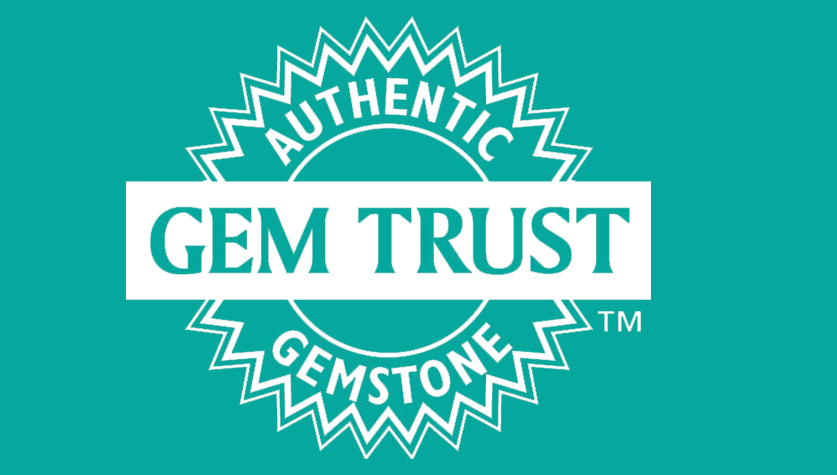What kinds of sizes, shapes and cutting styles can be found?
These emerald crystals will grow in a hexagonal pattern up to a couple centimeters in diameter. You will find that this material is rarely transparent, making the pieces that are incredibly special. The full quality range of material may often be found in sizes 5mm and smaller, though the more transparent material will generally be found in sizes 3mm and smaller. Regardless of opacity, this material always displays a gorgeous green, desired by jewelers and jewelry lovers alike.
We offer a variety of shapes and sizes in our Brazilian emerald collection. Both faceted and cabochon styles, our collection includes ovals, rounds, emerald cuts, baguettes, bullet cabs, sugar loaf cabs, and more.
Is this material typically enhanced in any way?
Emerald is part of the beryl family, which includes goshenite, aquamarine, heliodor, and morganite. Emerald is colored by chromium and considered to be one of the more rare and valuable beryl varieties.
Regardless of source location, emerald crystals typically have irregular color distribution, are naturally fractured and heavily included, and complete transparency is extremely rare. However, these impurities do not detract from the value of the gem. Even so, the material will almost always be treated – 99% of it to be exact. The most common treatment you will find is oiling, which often occurs even before it has left the mine. While oiling is an accepted practice in enhancing the appearance and visual clarity of the gem, it does require some special care and things to be aware of. Oiling the rough will improve the appearance, though many of those imperfections will reemerge during cutting. For those who choose to use oil, among other treatments, the cut stone typically will be oiled or treated again after cutting.
At Columbia Gem House, our process for working with oiled rough begins by preforming the material to remove most of the surface oil. This allows the gem to be properly dopped for cutting. Each stone is then hand-cut and polished by our team, followed by a soak in alcohol to remove both the dop stick and any remaining oil—though, of course, some oil may still remain.
Once cut and cleaned, we choose not to re-oil the stones. Instead, we allow their natural imperfections to show, highlighting the most authentic and true quality of each gem. While the majority of the oil is removed during our process, it is still possible some oil remains, which is why we still identify them as treated with oil.
It is important to ask your gem supplier about any enhancements because, beyond oiling, you will find a wide range of treatments that may impact the longevity of the stone’s visual appearance. Other common treatments to emeralds include resin, waxing, dying, glass filling, heating and more. Synthetics are also extremely common, so understanding the source, treatments, and how it was brought to market is important.
Are there any unique characteristics you can share about this material?
Emeralds from Brazil have historically been considered lesser quality than those from Colombia, but today you will see emeralds of equal, or even better, quality than those from other locations.
What truly sets Brazilian emeralds apart is their unique color profile. These gems often range from a vivid, vibrant green to lush greens with subtle blue undertones — a signature hue that’s distinctly Brazilian. Unlike emeralds from other sources, which may lean more toward pale, deeply saturated, or overtly blue tones, Brazilian emeralds strike a rare balance of brightness, depth, and color that reflects their singular origin.
What are the gem specs of this material? How do we know if it is authentic?
The material we source at Columbia Gem House is backed with our Gem Trust guarantee. This means you know it’s an authentic gemstone and that we will share all available information with you. You can find additional gem specifications below:












